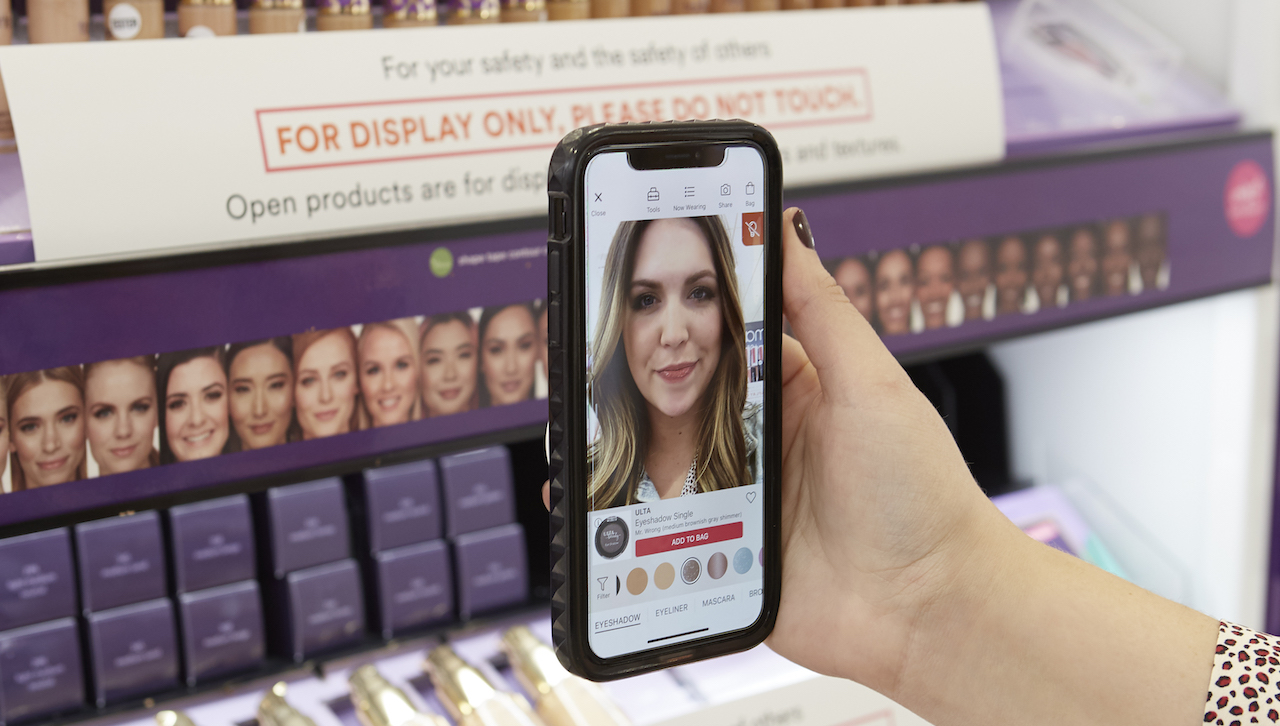Exploring the Impact of AR and VR on Marketers: A Deep Dive into Emerging Technologies
The world of technology is constantly evolving, and marketers are at the forefront of utilizing emerging technologies to engage consumers and drive sales. In a recent report by Glossy+, the focus was on how marketers are using virtual reality (VR) and augmented reality (AR) to create immersive brand experiences and connect with customers in new ways.
Five years ago, VR was the technology of choice for marketers, but the landscape has shifted. In 2022, more marketers are turning to AR for brand engagement and sales, thanks in part to the accessibility of AR technology through smartphone cameras. The pandemic also played a role in driving the adoption of both technologies, with VR offering virtual event spaces and AR enabling virtual product sampling from home.
The U.S. augmented, virtual, and mixed reality market is projected to reach over $250 billion by 2028, providing a strong incentive for marketers to invest in these technologies. Companies like Meta and Google are leading the charge in developing AR and VR tools, improving hardware and software to create more immersive experiences for consumers.
While AR is being used for entertainment, social media filters, and virtual try-ons, VR is being leveraged for immersive brand experiences and customer acquisition. Marketers are exploring ways to integrate their brands into existing VR experiences and create virtual events to engage consumers.
Despite the potential of AR and VR, some marketers are hesitant to invest further due to concerns about business relevance and consumer adoption. However, there is a growing interest in both technologies, with many marketers planning to incorporate AR and VR into their strategies in the future.
The key to the future of AR and VR lies in ease of use and accessibility. As technology continues to advance and become more user-friendly, we can expect to see a wider adoption of these technologies across industries. Brands that can create value and accessibility through AR and VR experiences will have a competitive edge in engaging consumers and driving sales in the digital age.
